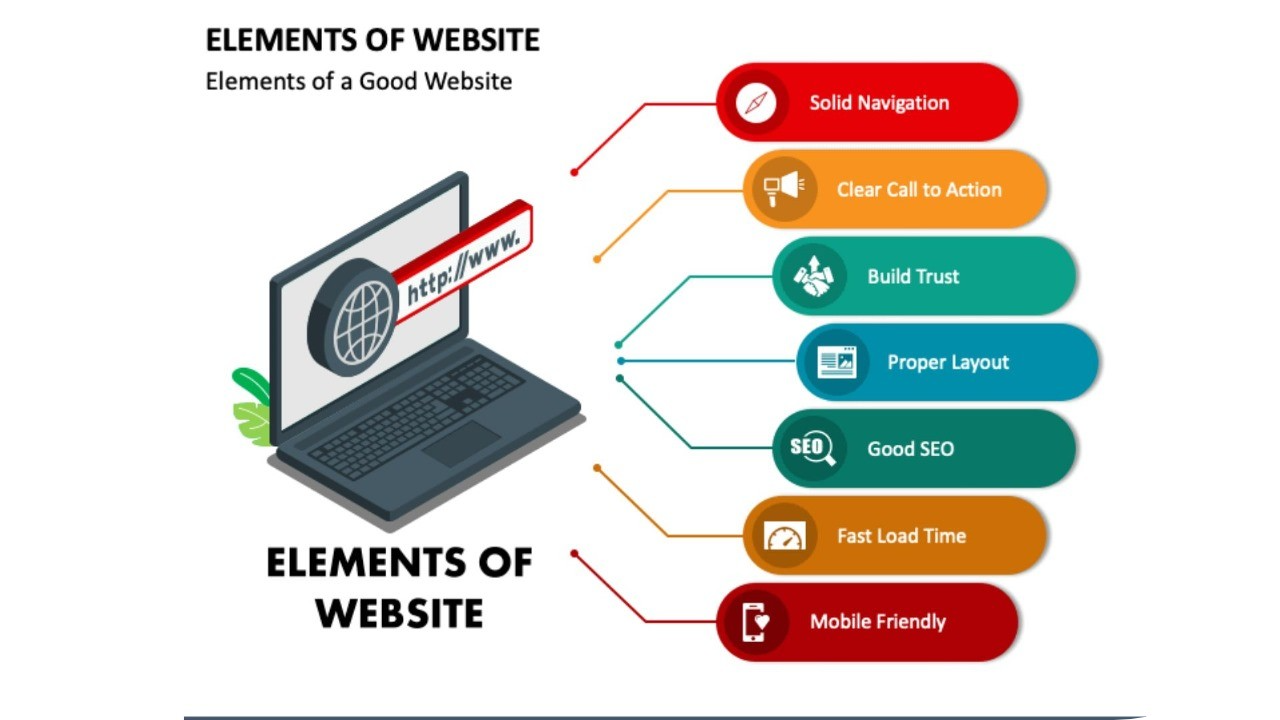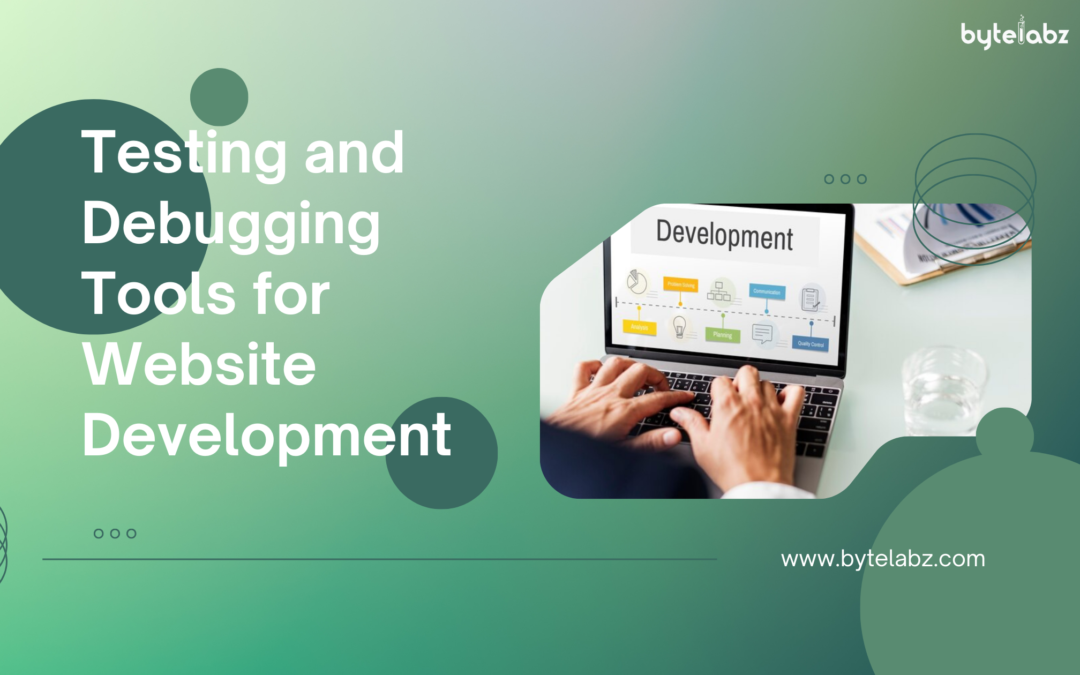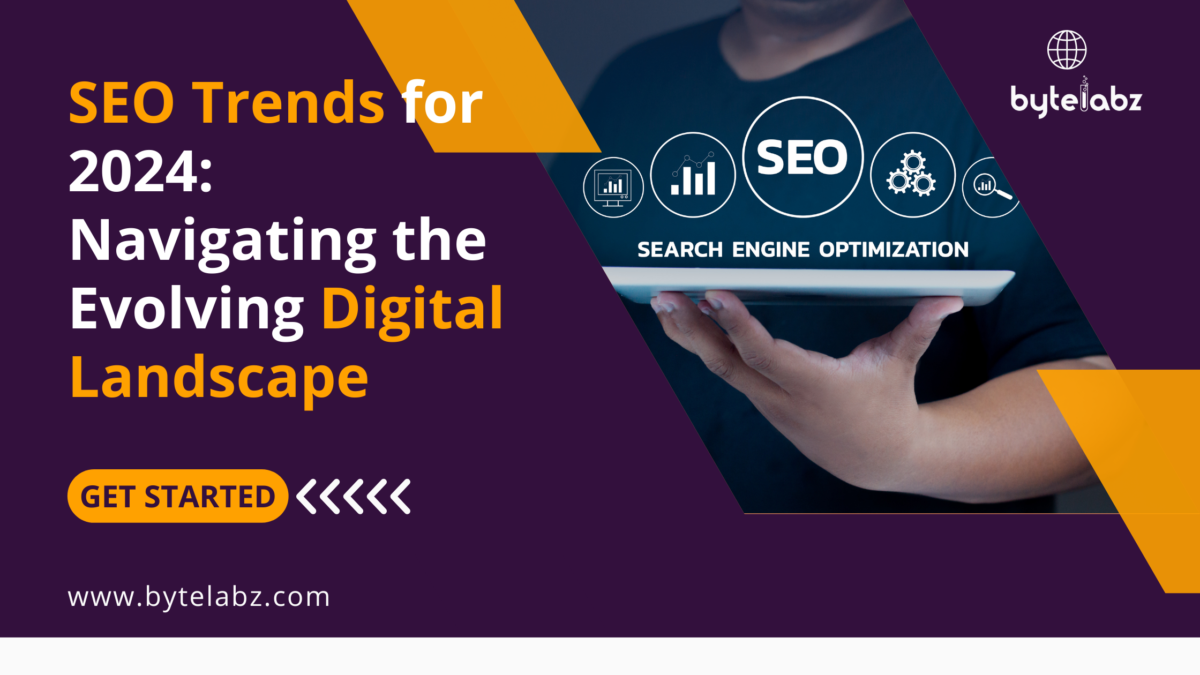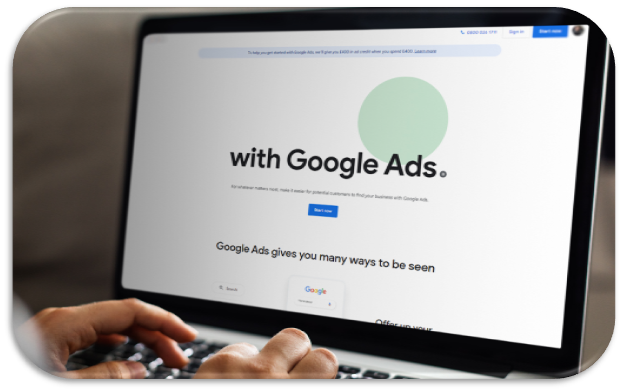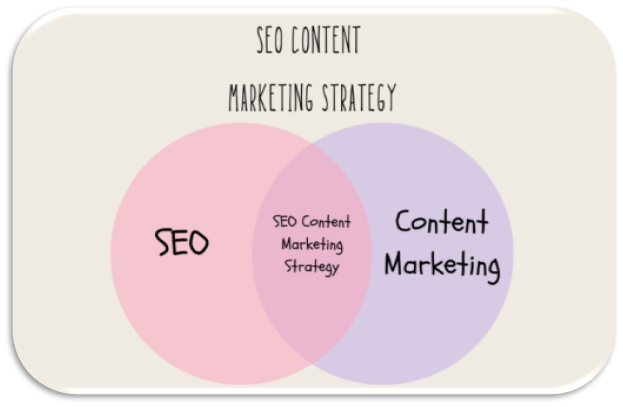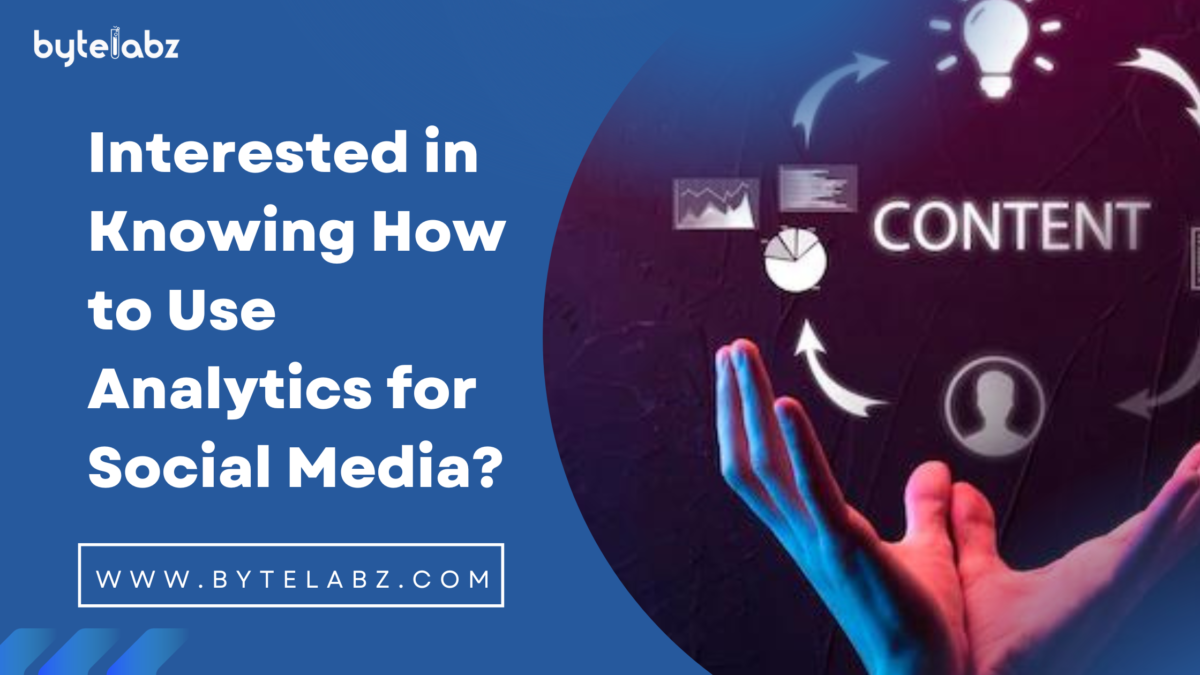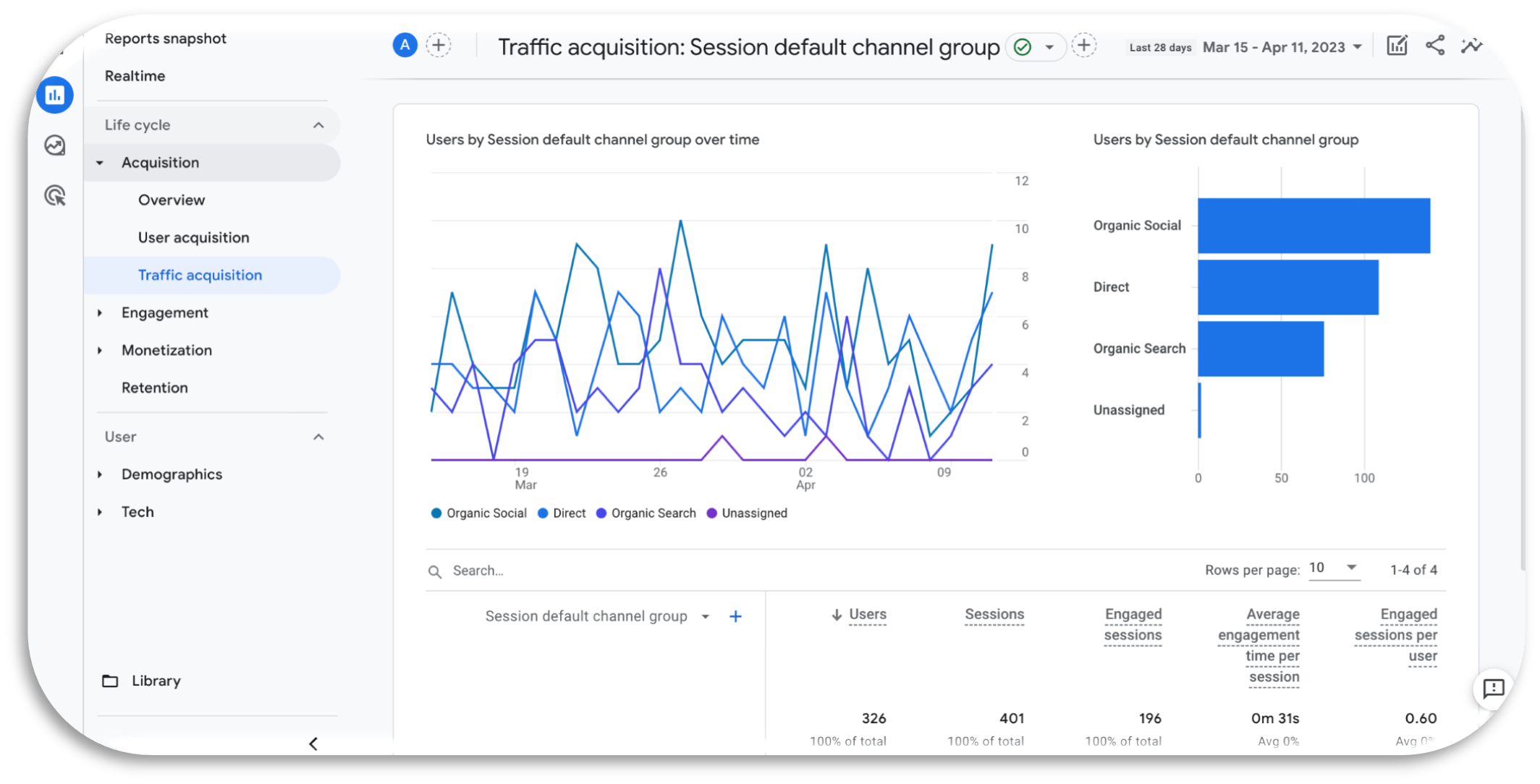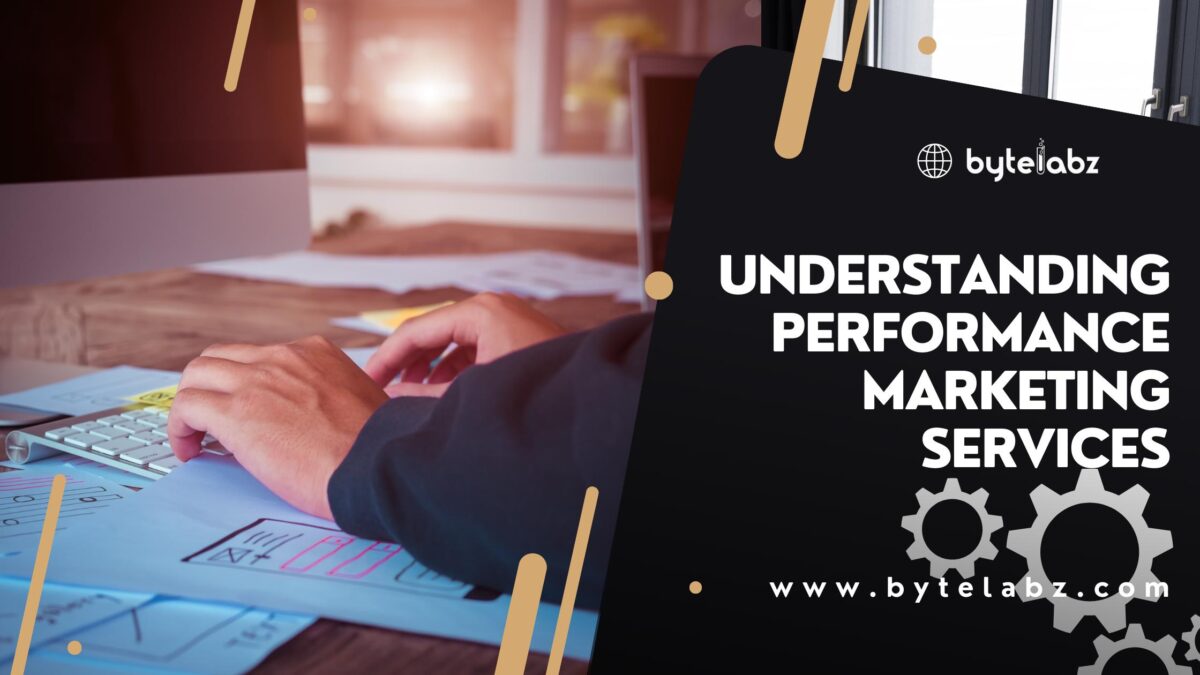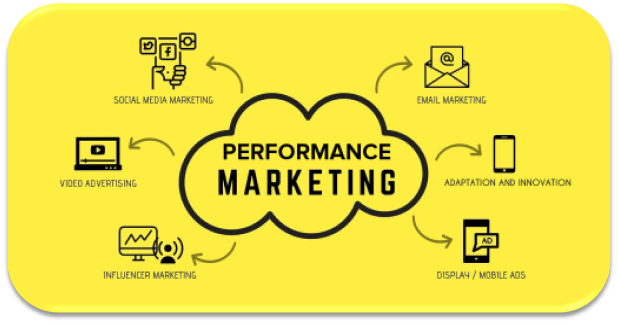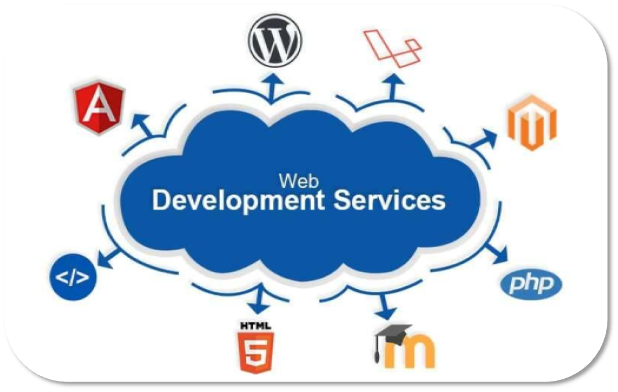Getting Around the Digital Maze: Selecting the Best Web Design Firm for Your Enterprise
Today, choosing a web design firm is a crucial choice that may have a significant influence on your organization in the ever-changing world of online presence. A well-designed website can boost your brand, engage your audience, and help you succeed. It’s more than simply a digital storefront. A well-designed website can attract visitors, engage them with your content, and ultimately convert them into customers. In this blog post, we will discuss the importance of web design, key principles to keep in mind when designing a website, and tips for creating a visually appealing and user-friendly site.
The Importance of Selecting a Web Design Firm wisely!
Web design companies in Trivandrum are many in the digital realm, all vying for your business as the finest. All are not made equal, though. Selecting the ideal web design firm is similar to picking a business partner in that it calls for serious thought, investigation, and a clear grasp of your own goals and requirements.
- Setting Objectives
- Evaluation of Portfolios
- Customer Testimonials and Evaluations
- Technical Proficiency
- Interaction and Cooperation
- Considering the Budget
Importance of Web Design
A well-designed website is crucial for every business or organization in the modern digital era. Your website is often the first point of contact that potential customers have with your brand, and it is important to make a good first impression. A poorly designed website can turn visitors away and hurt your credibility; while a well-designed website can help you stand out from the competition and attract more customers.
Key Principles of Web Design
When designing a website, there are several key principles to keep in mind to ensure that your site is visually appealing, user-friendly, and effective in achieving your goals. Some of the key principles of web design include:
-
- User Experience (UX) Design: User experience design is all about creating a positive experience for visitors to your website. This includes making sure that your site is easy to navigate, loads quickly, and is accessible on all devices. By focusing on the user experience, you can keep visitors on your site longer and increase the chances of them converting into customers.
-
- Responsive Design: With the increasing use of mobile devices, it is important to ensure that your website is responsive and can adapt to different screen sizes. Your website will appear fantastic on all platforms, including desktops, tablets, and smartphones, thanks to a responsive design.
-
- Visual Hierarchy: Visual hierarchy refers to the arrangement of elements on a webpage to guide the user’s attention and help them navigate the site. By using visual cues such as color, size, and placement, you can draw attention to important elements and make it easier for visitors to find what they are looking for.
-
- Typography: Typography plays a crucial role in web design, as it can affect the readability and overall look of your site. Choose fonts that are easy to read and complement your brand’s style, and make sure to use a consistent font hierarchy throughout your site.
-
- Color Theory: Color is a powerful tool in web design, as it can evoke emotions and help create a cohesive brand identity. Choose a color scheme that reflects your brand’s personality and use it consistently throughout your site to create a visually appealing and memorable experience for visitors.
Tips for Creating a Visually Appealing Website
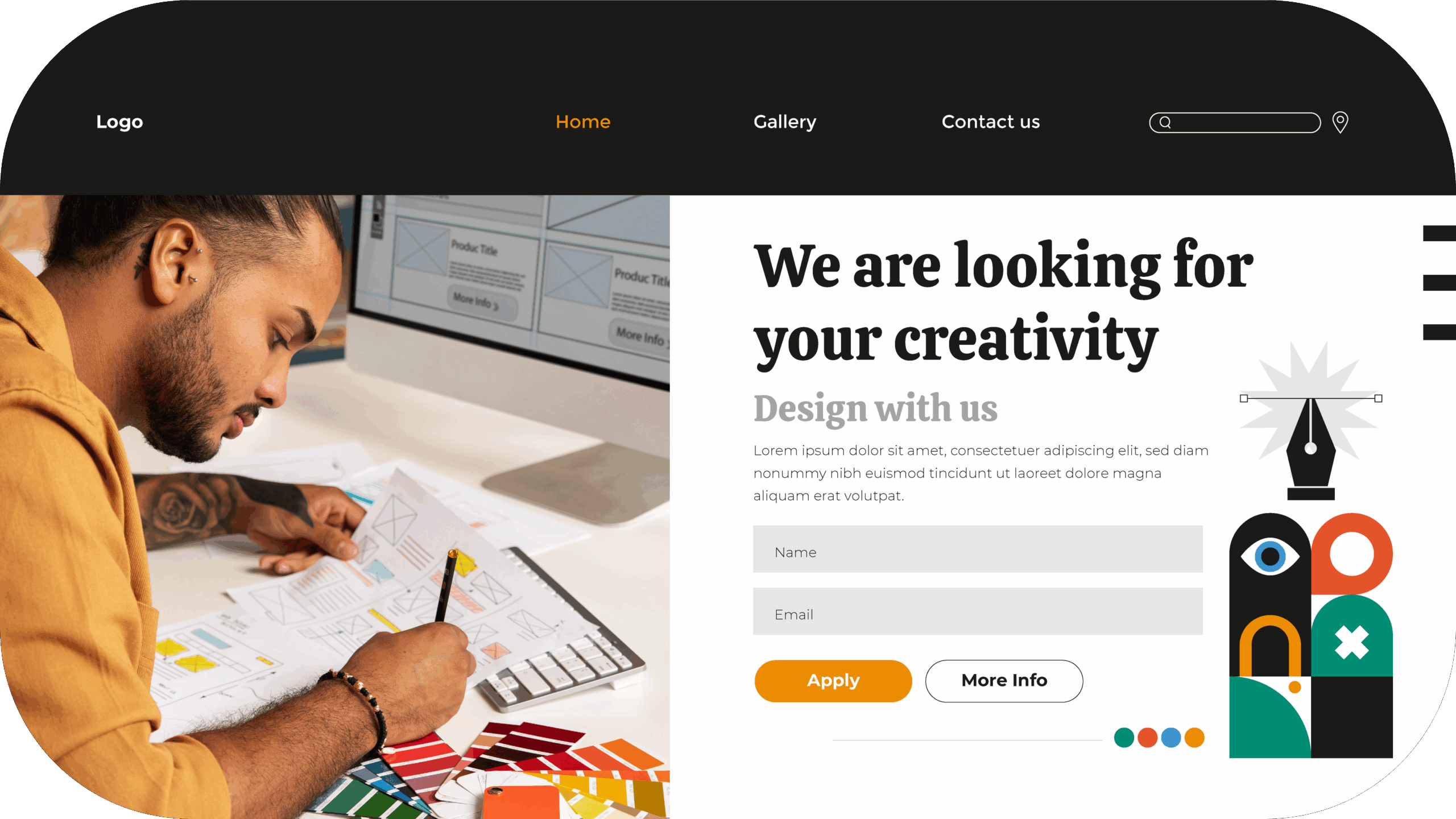
In addition to following the key principles of web design, there are several tips that can help you create a visually appealing and user-friendly website. Here are some pointers to remember:
- Keep it Simple: Avoid cluttering your website with too many elements, and focus on a clean and simple design that is easy to navigate.
- Employ High-Quality Photos: You may increase the visual appeal and engagement of your website by using high-quality photos. Invest in professional photography or use stock photos to enhance the look of your site.
- Consistent Branding: Make sure to use consistent branding elements such as colors, fonts, and logos throughout your site to create a cohesive and professional look.
- Test Your Design: Before launching your website, make sure to test it on different devices and browsers to ensure that it looks and functions correctly. This will help you identify any issues and make necessary adjustments before going live.
One of Trivandrum’s top web design firms, Bytelabz, provides various types of web design at reasonable costs. In addition, we are an SEO and digital marketing firm that provide inbound marketing strategies to help you grow your company.
For further details, please get in touch with us right now.




